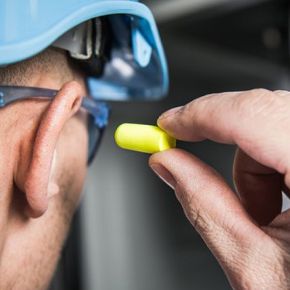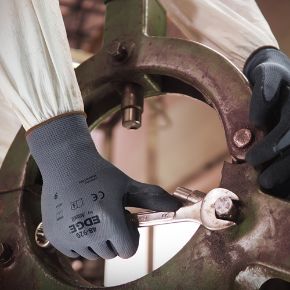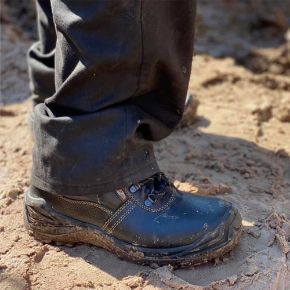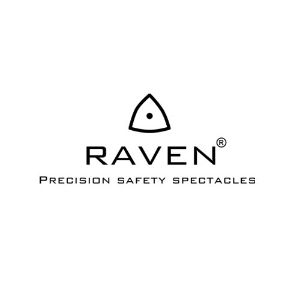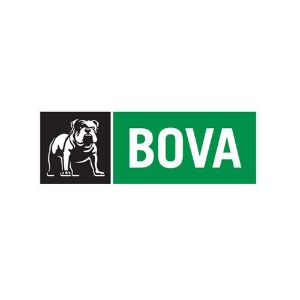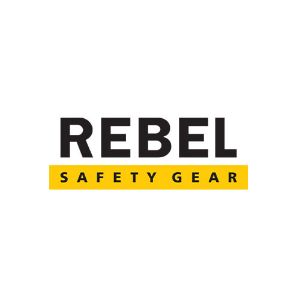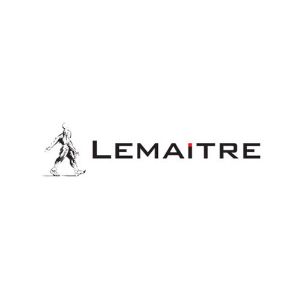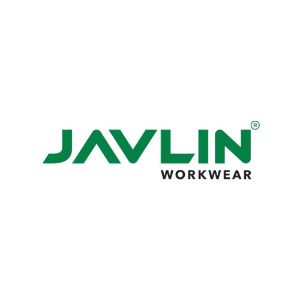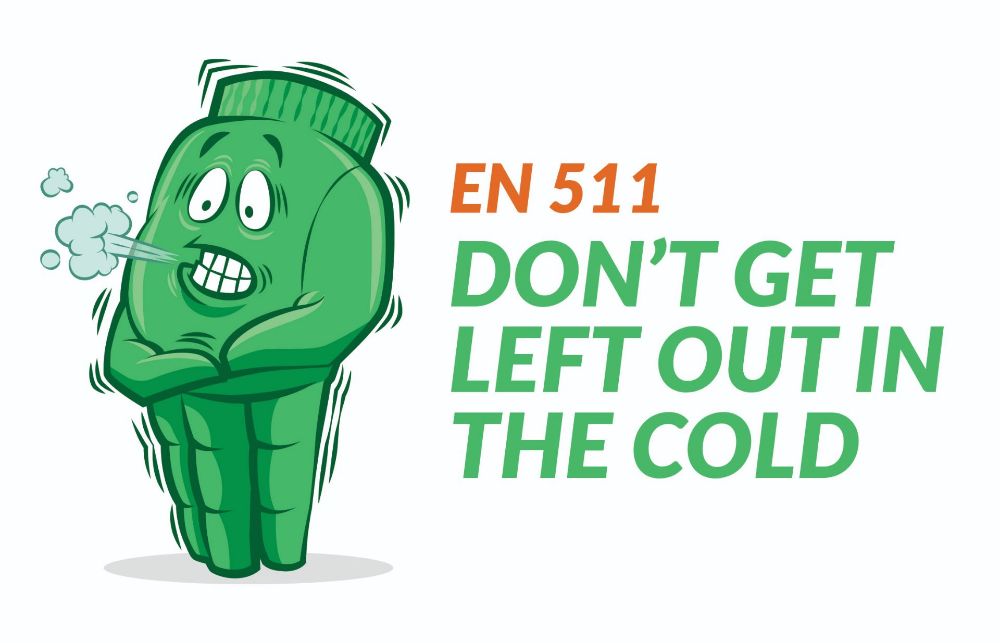A healthy adult body temperaturetypically ranges between 36.1 degrees Celsius to 37.3 degrees Celsius. When you encounter an object or environment that is vastly different in temperature to this, your body is going to react.
This is due to The Second Law of Thermodynamics. This law states that heat will naturally transfer from objects or regions of higher temperatures to those of lower temperatures to reach a state of thermodynamic equilibrium.
When it comes to protecting the hands, one typically looks at heat, chemicals, and cuts as obvious workplace hazards to defend against. But for those working in cold environments, they know all too well that regulating the hand’s temperature and protecting against numbness, loss of sensation, tingling and cold burns is just as important.
That’s where the EN 511:2006 standard comes in. The standard rates the performance of a glove in cold environments by testing its ability to defend against convective cold, contact cold and water permeation.
To understand how your gloves have performed, look for the below icon: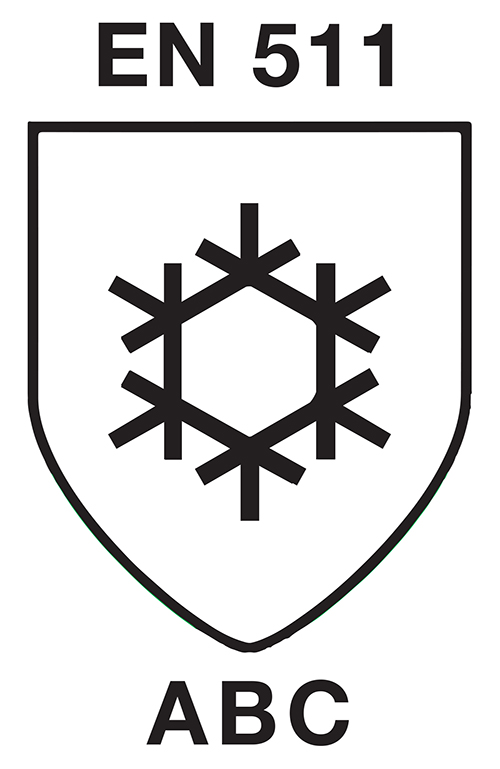
The numbers that appear in place of ABC will refer to how the glove performed in the three tests that the standard subjects it to.
| LETTER | RESISTANCE TEST | RATING |
| A | Convective Cold | 0-4 |
| B | Contact Cold | 0-4 |
| B | Water Penetration | 0 or 1 |
- Should a 0 appear as a result, it means that the glove failed the test.
- Should an X appear as a result, it means that the glove did not undergo that specific test.
Understanding the Different Tests
A. Resistance to Convective Cold (rating between 0-4)
When working in cold conditions, like a cold storage fridge, where the temperature of the air around you is below that of your body temperature, convective cold starts to occur. This is the process of your body losing heat to the surrounding colder air to achieve a thermodynamic equilibrium.
To test a glove’s resistance to convective cold, a glove is placed on a heated mannequin’s hand in a chamber. This chamber is then cooled down to 20 degrees below that of the heated hand and a constant air flow is applied for a period of 10 minutes.
A rating between 0-4 is issued based on how much power is needed to keep the heated hand at a temperature between 30 and 35 degrees Celsius. The more power required, the less insulating the glove is and the lower the overall score.
- Note: The glove must achieve a minimum of performance level 1 in the EN 388 abrasion and tear resistance tests to claim a level 1 performance in the convective test.
- Note: The glove must achieve a minimum of performance level 2 in the EN 388 abrasion and tear resistance tests to claim a level 2 or more performance in the convective test.
B. Resistance to Contact Cold (rating between 0-4)
When handling cold objects, such as frozen foods, the temperature of the object is below that of your body temperature. As a result, contact cold starts to occur. This is the process of your body losing heat to the cold object to achieve a thermodynamic equilibrium.
To test the glove’s resistance to contact cold, a piece of the glove taken from the palm side of the fingers is placed between two metal plates - one hot (31-35 Degrees) and one cold. After a period of 30 minutes, the thermal resistance is calculated by analysing the difference in temperature between the inner and outer surface of the sample.
A rating between 0-4 is issued based on how well the glove was able to prevent the transfer of heat from your hand to the cold surface. The higher the rating, the better the glove will perform when handling cold objects.
- Note: The glove must achieve a minimum of performance level 1 in the EN 388 abrasion and tear resistance tests to claim a level 1 performance in the convective test.
- Note: The glove must achieve a minimum of performance level 2 in the EN 388 abrasion and tear resistance tests to claim a level 2 or more performance in the convective test.
C. Water Permeation Test (0 or 1)
The water permeation test looks to see how much water a glove can be exposed to before the water starts to seep through (permeate) the glove material.
This involves test subjects wearing the sample glove over a water-marker glove. The subject then submerges their hands in water for a period of 5 minutes. Once the glove is removed from the water, the subject is then required to flex their hand 12 times.
On removal of the glove, the water-marker glove is then analysed for water marks, which would indicate a leak. Unlike the previous two tests conducted in this standard, this is a pass or fail test where 0 indicates fail and 1 indicates pass.
Whilst a complicated standard, the EN 511 standard is essential to the health and wellbeing of those working in cold environments.



